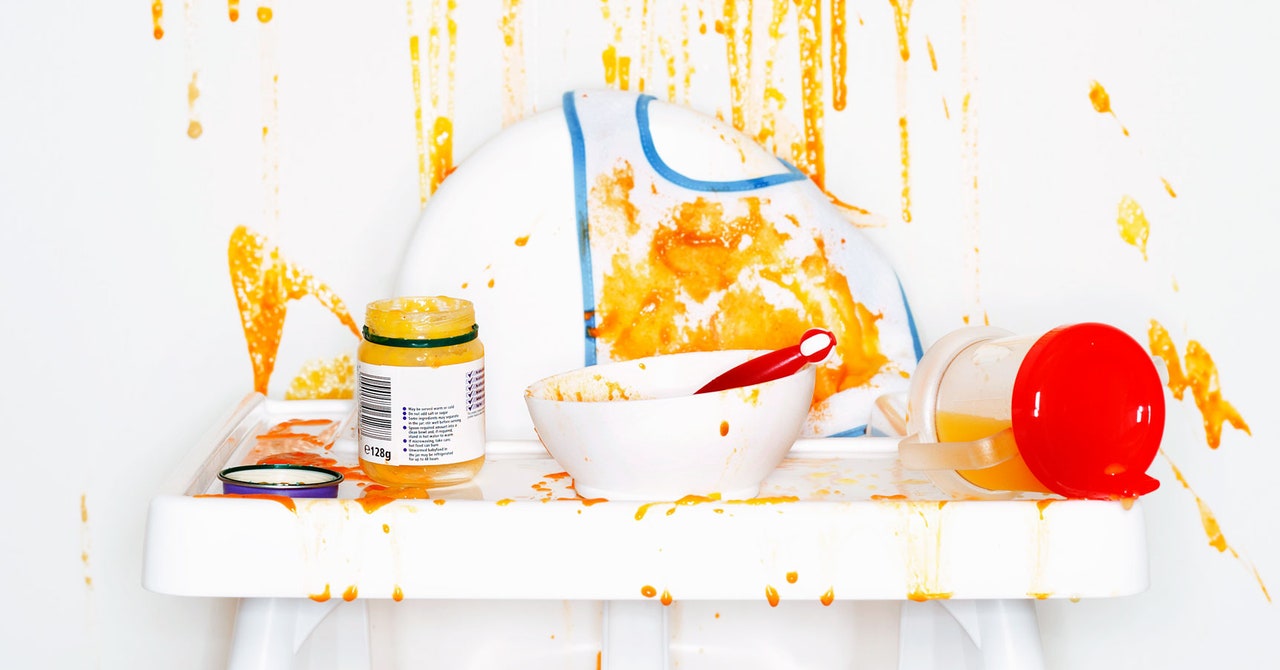In a study published in June in Environmental Science & Technology, Hussain and his colleagues reported that, when microwaved, these containers released millions of bits of plastic, called microplastics, and even tinier nanoplastics.
[…]
Once they’ve snuck past the body’s defense systems, “the chemicals used in plastics hack hormones,” says Leonardo Trasand, a professor at the NYU Grossman School of Medicine and the director of the Center for the Investigation of Environmental Hazards. Hormones are signaling molecules underlying basically everything the body does, so these chemicals, called endocrine disruptors, have the potential to mess with everything from metabolismto sexual development and fertility.
[…]
Judith Enck, a former EPA regional administrator and the president of Beyond Plastics, a policy and advocacy group against plastic pollution, stopped microwaving plastic 30 years ago. She thinks that you should, too: “My goodness, especially if you have kids or if you’re pregnant, do not put plastic in the microwave.”
“It’s a pain in the neck,” she acknowledges, but “even this one study should be a wake-up call—not just to new parents but to the FDA. They need to be far more proactive.” Transand agrees: “The FDA is glacially behind.”
[…]
“I don’t believe that there are microwave-safe plastics.” Trasand and Enck agree that while independent studies should continue testing how much plastic is being released from food packaging, there is already enough evidence to show that “microwave-safe plastic” isn’t really safe. “I think the FDA needs to tell companies that they can no longer say any plastic is microwavable,” says Enck.



Here’s the academic study published this year.
If you don’t have academic credentials to log in (and I suspect you don’t), LPT you can email or tweet the study’s authors and they’ll happily send you access for free.
e: a key takeaway: ‘Furthermore, an in vitro study conducted to assess the cell viability showed that the extracted microplastics and nanoplastics released from the plastic container can cause the death of 76.70 and 77.18% of human embryonic kidney cells (HEK293T) at 1000 μg/mL concentration after exposure of 48 and 72 h, respectively.’
Just to add more emphasis, they’ll happily send it because they often just as (if not significantly more) pissed at the systems in place to keep academic papers out of public circulation so corporations can pocket the money.